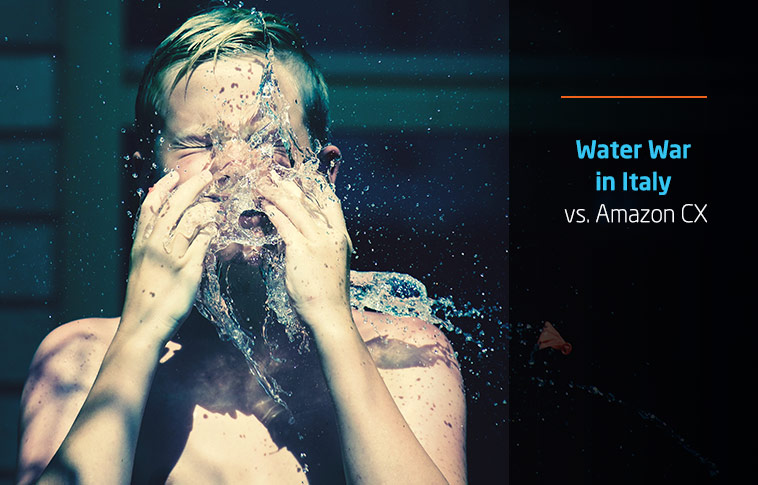Content Strategy
What’s the Difference Between an Experience and a Customer Experience?
By Ted Karczewski on May 16, 2016
In 1994, a 21-year-old man named Dan Kohn sold a CD of Sting's Ten Summoner's Tales to his friend in Philadelphia. Kohn's friend, using a credit card, paid $12.48, plus shipping, to have the album delivered to his house, marking the first ever sale on the internet.
The milestone, while seemingly silly at the time, unleashed an unfathomable wave of innovation. Today, eMarketer projects e-commerce sales will surpass $3.5 trillion by 2019.
Ironically enough, Sting's lead single from Ten Summoner's Tales includes this line:
I never saw no miracle of science
That didn't go from a blessing to a curse
Since the inaugural web transaction, websites have changed to try and meet customer needs. Within large enterprise organizations, department leaders stake claim to their corner of their brand's web presence. Product, sales, marketing, and others all work to optimize and improve their slice of the internet, siloing innovation and breaking up customer experience design.
While the web offers unlimited possibilities to delight and entertain audiences, marketers are caught up in customer experience design, and they don't yet understand the emotional effect of these experiences. This got me wondering how people differentiate between "customer experience" and "experience." After all, the two can't possibly be the same from a neurological perspective, right?
So, We Asked Our Audience
The Content Standard asked our community how they define the two terms, to recall the best and worst customer experiences and experiences, in order to come up with clear definitions of each and what makes them different.
After reading story submissions, I've landed on an idea of how CX and experience play together in a brand-to-buyer relationship:
Customer experiences are scenes in the life experience of a person.
I'd first like to credit Robert McKee for pointing me in this direction. In April 2016, I attended a three-day storytelling workshop run by McKee, in which he described how scenes were minor events within a story of someone's life. These scenes change value-going from negative to positive and vice versa-and build into a sequence of scenes until a climax. The character's life is thrown out of balance again, and then he continues on the path to whatever it is he is searching for. That's how McKee defines a story, but when applied to the relationship between a person and a brand, there are a lot of similarities.
One reader defined an "experience" as an event that is "vivid and fresh and forever," while a "customer experience" is the "effect caused by a brand."
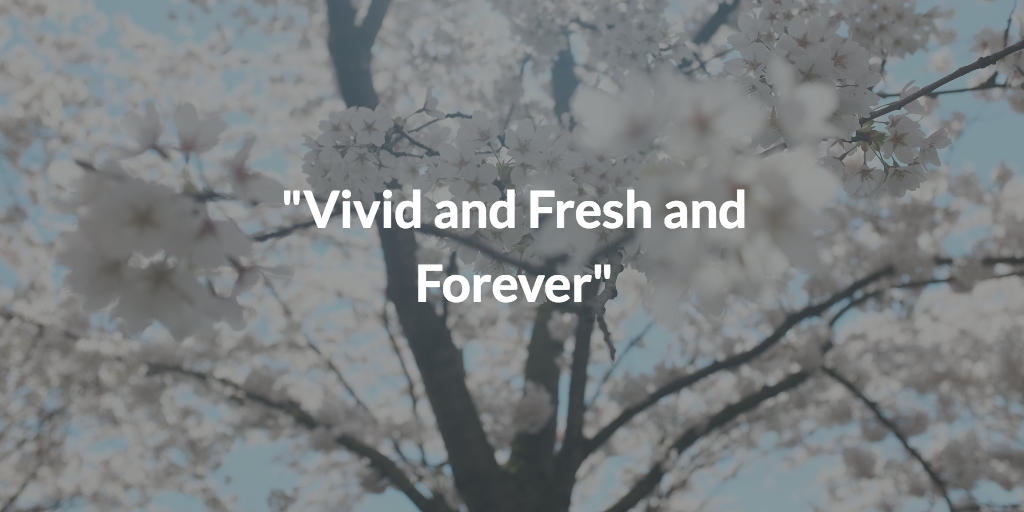
The small transactions we make with brands comprise scenes-or events-in our lives. We start out with a need, when the brand fulfills that need and meets our expectations, our mood shifts from the negative to the positive. When a brand supplies enough of these positive transactions, our relationship with the business builds into a sequence of exceptional scenes, until we reach a tipping point of action.
The climax with a business can be viewed in a few different ways: We might feel so fulfilled that we advocate for this brand, or our needs might change entirely creating a deeper void for this business to fill. That point of action-that's where a business can turn CX into a vivid and fresh and forever experience.
CX can always be one-upped by a better, more efficient CX. But a positive experience-our audience says that lasts forever, and I agree.
In this piece, we'll look at the differences in how people recall "experiences" and "customer experiences" to better understand what happens after the point of purchase.
By no means am I attempting to discredit or minimize the importance of CX-without a well-designed website and a thought-out set of desired actions, brands don't have the opportunity for their engagement with customers to be infinite.
Instead, this story will help tactical marketers understand the psychological factors that come into play when a person decides to buy or interact with a company online. And, we'll look at how people remember those experiences and customer experiences after the fact.
You should review the questions before reading the rest of the article (we'll be walking through several questions and examples).
The Definitions
As marketers, we all recognize the enormous gap between customer expectations and what marketers deliver. In our survey, we asked marketers and storytellers to define "experience" and "customer experience." Unsurprisingly, people submitted wildly different definitions of each term, with some people only approaching the terms with their marketing hats on, some offering consumer and marketer point of views, and others responding solely as a buyer. Because of the diversity of tone in these definitions, I want to start off by including a few of my favorites below:
Experience:
- "Experience is the reaction to people, situations, subject, scenario, and events. It is a 'stream of consciousness' of action, reaction, thought, feeling, or emotions, individually or together."
- "Overall, it's something that defines lives. Everyday life is a series of experiences, from battling traffic on your way to work to sitting in a meeting. An experience can be a long-term thing as well, for example, taking a class or raising a child.
- "Experience is episodic. Something occurs, good or bad, that is distinctive, recognized, and remembered. It stands out for one or a cluster of reasons. It is recognized by and makes an impression with the person who has the experience. It stays with the person for an indefinite period, depending on the degree of its distinction and the depth of its recognition and impression. In the long run, most experiences fade as the person who had them ages. They age at different rates. Some become latent, only to be reawakened when the person has a similar experience. Others are not reawakened but become part of an integrated set of perspectives, conclusions, and opinions on which the person draws in the future. They add to the complex view that each person brings to their new experiences."
Customer Experience:
- "Every touch point with a customer-how a brand treats them, how they feel, every connected dot along the way. In-store, online, mobile, email, social, customer service."
- "Customer experience is an organization's intended and actual value placed on the moments of interaction between a customer and a brand. The quality of this experience is defined by the company but measured by the customer."
- "A 'customer experience' is a subset of all experiences. It is an episode that arises in the context of being a customer. Today, 'customer experience' has also become a term of art. It refers to a set of circumstances that arise for customers. Whereas many experiences are spontaneous or a function of luck, a customer experience is neither. One set of marketers works at improving the customer experience. With good intent, these marketers are trying to understand what happens during an experience with a particular seller that makes the customer experience more effective in increasing sales, building loyalty, or achieving some other positive objective. For the most part, in terms of the art, a customer experience is a designed experience. There is, however, the other side of the coin. Some would neglect the customer experience. In these instances, neglect means the absence of design, more variation, and potentially greater risk that the experience will not increase sales, loyalty or other positive objectives."
Outside of this survey, well-known CX researchers have drafted their own definitions of experience and customer experience. In his book, X: The Experience When Business Meets Design, Brian Solis introduces a hybrid definition called "experience architecture."
"Human-centered experience architecture defines customer experience as the sum of all customer engagements in each touch-point and every 'moment of truth' throughout the customer lifecycle."
"Experience architecture is the art of engendering desired emotions, outcomes, and capabilities throughout the customer journey. It is the process of strategically designing and strengthening a customer's entire spectrum of interactions with a product or company."
While a definition is a great place to start, it rarely reveals the true meaning behind a word. To do that, you need examples that slowly uncover the subtext of the story, and then go out and apply the takeaways to your own strategies. In the coming sections, we'll look at how people responded to the Content Standard's survey to try and identify key differences and similarities between how people recall experiences and customer experiences.
Reader-Submitted Stories
The way in which we recall life events can tell us a lot about how our mind works. When I started working on this survey and story, I had a theory of how people would classify "experiences" vs. "customer experiences." I figured that people would most likely consider "experiences" as a state of mind, while "customer experience" would be a more physical encounter with a brand or point of contact.
According to survey data, an overwhelming majority of respondents consider both life experiences and customer experiences to be some sort of shift in mindset.
Experience
- 71.15 percent say experience is a mindset
- 28.85 percent say experience is a physical encounter with something
Customer Experience
- 69.23 percent say customer experience is a mindset
- 30.77 percent say customer experience is a physical encounter with something
With my hypothesis out the door, I started to look at the variance in how people retold past experiences and customer experience stories. Here's what I learned:
- When a person is asked to recall an "experience," the person retells the experience in story-form; filling in blanks, adding twists and turns, until an ultimate conclusion or climax. When a person is asked to recall a recent "customer experience," the person retells it as a list or a series of "and thens."
- When a person talks about a recent "experience," the event almost always contains multiple characters; it's shared. When a person talks about "customer experience," it's often isolated and sterile–just between the individual and the brand.
- Experiences are often associated with long-term effects, while customer experiences can be outdone or one-upped.
Let's look at how these ideas play out in the survey responses.
Idea #1: Experiences Are Retold As Stories; CX as Narrative
When survey respondents were asked to talk about their best/worst experience and best/worst customer experience, I expected to get highly emotional entries in each section. However, it was hard to overlook the significantly drier CX submissions. Here's how two worst "experience" and "customer experience" submissions were written:
[Experience] My Daughter's Hand
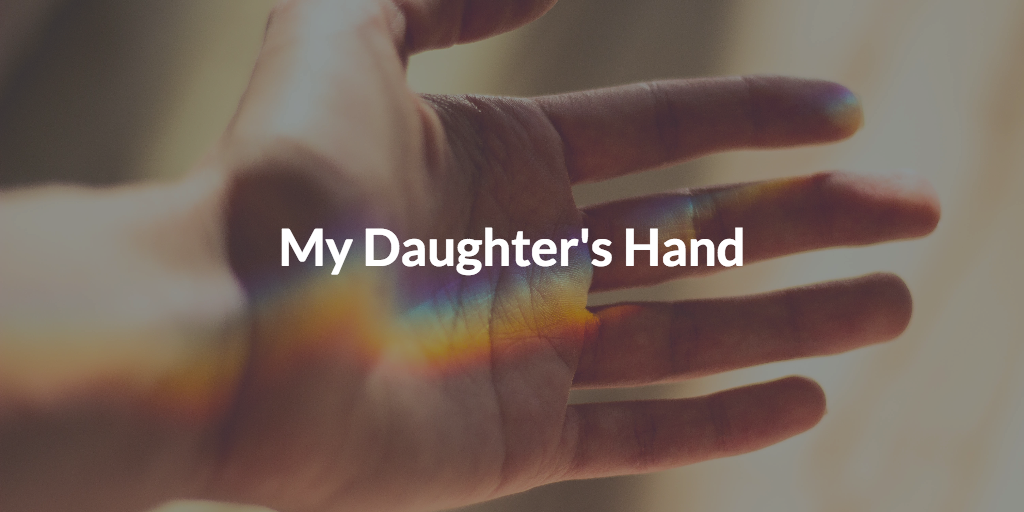
Among the worst experiences of my life was the day I got a call from my daughter's high school to let me know that the fire department was already on site and the ambulance was on the way. What?!
My daughter's right hand had been caught in a buffing machine in jewelry-making class and, for the first few hours, we didn't know if she would lose one or more fingers. It all ended well: the fire department was finally able to extract her hand from the machine, and a plastic surgeon removed the metal that was wrapped around and embedded in her right ring finger, with no permanent damage. There is nothing like worrying about your children.
[CX] My Growing Cable Bill
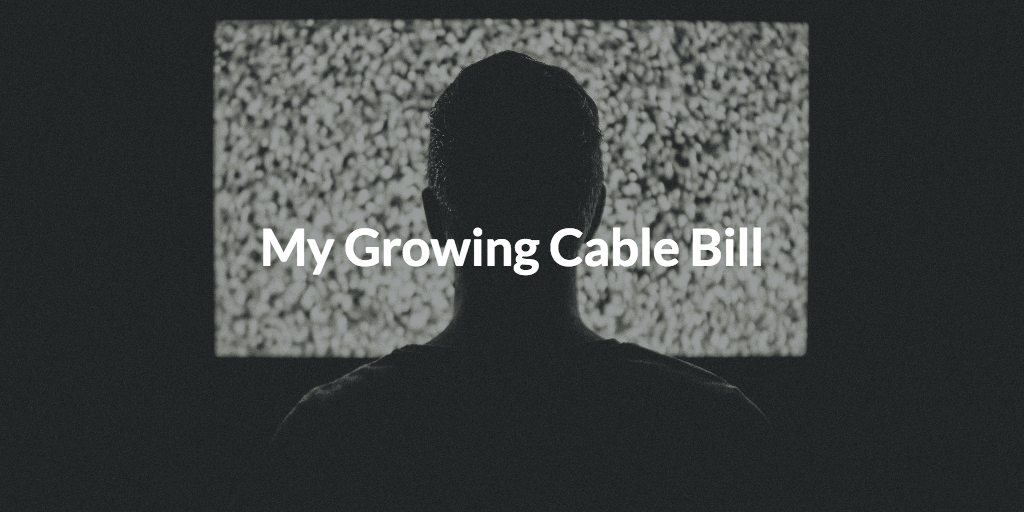
Cable company. I tried to get my bill lowered because it had recently increased. After calling multiple times, and talking to multiple people, I somehow ended up paying more for less and getting a service I didn't want.
Takeaway: Because experiences have lasting effects and are often shared with multiple people, they're remembered in story form (how our brains retain information), while customer experience is stored as a list of facts that will inevitably fade over time as the person engages more and more with other organizations.
Idea #2: Experiences Are Retold with Multiple Characters; CX Is a Solo Endeavor
Another trend I noticed in how people recalled experiences vs. customer experiences involved how many characters played a role in each retelling. When a respondent retold an experience, it often involved several loved ones, while a customer experience took place either alone or with a brand through technology.
[Experience] Water War in Italy
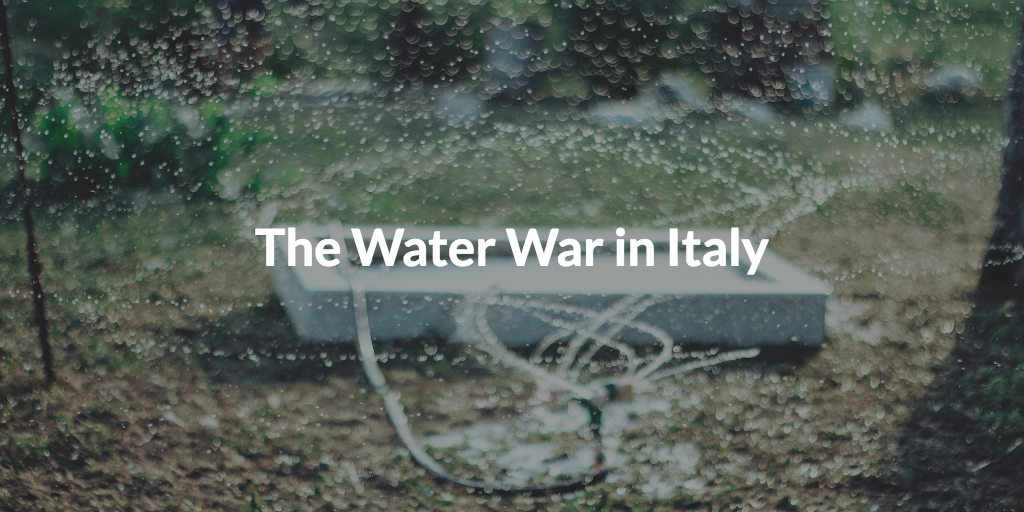
My daughters and I were in Italy, exploring the Cinque Terre. We arrived in Manarola on August 10th expecting a religious festival, but instead stumbled into a water war! Each August 10th, the residents attack each other with water projected via balloons, pots, hoses, and buckets; attackers ran up and down the streets splashing pedestrians with water, and poured it from windows up above. Shirtless boys ran down to the Ligurian Sea with their mother's pasta pots to fill them with their wet ammunition. Only babies were exempt from being targets. It was hilarious, enchanting, fun, and unique. My 12-year-old asked if we could come back every year-if only! Such a magical, memorable day.
[CX] The Ease of Amazon

I really love Amazon. I can shop and put things in my shopping cart for later that I can see on my phone or laptop. I can purchase using my thumbprint rather than remembering my last password. Each of my purchases goes through Amazon Smile so my church gets a donation. I have Prime so most everything ships for free, and I get it in 2 days. I can read reviews and see a lot of pictures. Such a huge inventory. Very satisfying.
Takeaway: Part of what differentiates experience and CX is who's involved in the process or event. Even the smartest customer experience design will pale in comparison to a shared experience with friends, loved ones, or colleagues. So while a lot of time and money should be spent making sure brands deliver the best possible CX, if there's no shared memory being created through the content, then it's not a vivid and fresh and forever experience. It can be one-upped.
Idea #3: Experiences Are for a lifetime; CX Are Always Outdone
When people talk about their favorite experiences, you can hear the inflection in their voice: clearly whatever happened had a lasting impact. Customer experience, however, lacks the same emotion. Sure, a negative interaction with a brand might elevate someone's temper temporarily, but it's unlikely to derail that person's entire day-or life.
In reading people's responses to our survey, I noticed that people retell positive experiences as if these engagements had a profound and lasting effect on their lives, while CX offered a temporary change of value-from good to bad, or vice versa.
[Experience] The Caravan and the Milky Moon
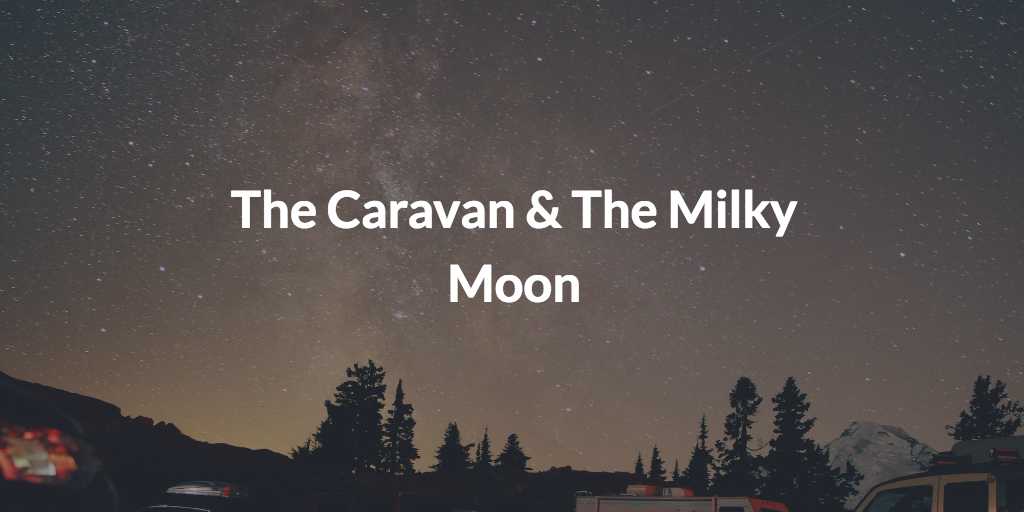
Last week we stayed in a caravan park, and around 3 a.m. each night I would walk up to use the restroom. Before the Holiday, I had been dreading that little trip-the cold, the inconvenience, aargh! But it turned out to be wonderful. I'd climb out of our van and stop to look at the stars and the beautiful milky moon. I'd soak in the awareness of dozens of sleeping people around me. And, I would feel blessed. Even now, that feeling is easy to conjure up.
[CX] The Convenient Resort

All-inclusive resort. You could walk behind the bar at any time of the day and grab a drink. Everything was very laid back, yet all the staff still made you feel like you were part of the family.
Takeaway: A great vacation at an all-inclusive resort sounds perfect right now, but I know that once I got back from my trip, I wouldn't be retelling stories of the open bar. Instead, I might share my experience looking up at the stars one late night after a bonfire on the beach. The resort played an important role-it was the setting to the story-but the overall experience will last forever.
Is There a Difference?
My purpose for conducting this survey and writing this piece isn't to dispel the importance of CX design. I've noticed in marketing a trend toward talking about creating experiences for customers that "surprise and delight." This was a major trend at Adobe Summit a few months back. However, a carefully designed set of actions to meet a customer's expectations does not classify as an "experience." It's important for all of us to understand that.
An experience is a lasting and memorable event in our lives, one that often takes place with several other people, and something that has a profound effect on our lives. Brands can create these types of experiences, but it requires marketers to go beyond well-designed websites, easy-to-navigate e-commerce hubs, and friendly customer service. Those qualities are table stakes at this point.
Stories can be told, read, heard, or written, and it's one of the oldest forms of human conversation. In order for enterprise organizations to bridge the gap between "experience" and "customer experience," they need to understand the nuances of storytelling: how it fits into our lives, how people retain and recall information, and how we're communicating with our audience through our marketing. By combining sophisticated CX design with well-told stories, brands then begin to develop deeper connections with their customers and audience, and the two can truly start to overlap.
Brands are already doing this well: LEGO has moved into multi-format storytelling, from print magazines and digital content to physical amusement parks and feature-length films. IBM, with its Watson supercomputer, has developed a business-facing technology, while simultaneously elevating the AI's status to that of a celebrity. People now engage with Watson both at work and while watching Jeopardy, checking out forward-thinking outfits at the Met Gala, and while reading its newly launched content hub online.
So if you think your UX and CX are enough to surprise and delight your audience, you're not quite right. It's how you weave those features into the bigger story you're trying to tell as a brand that really matters. That's what experience is, and that's what you should be striving for with your marketing this year.
